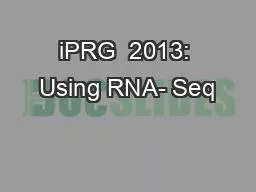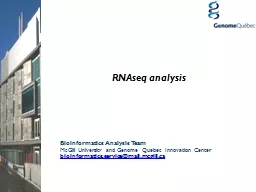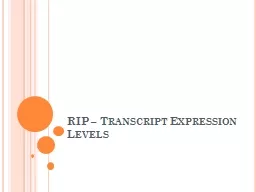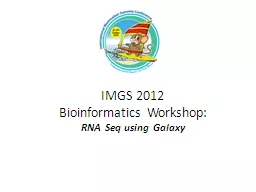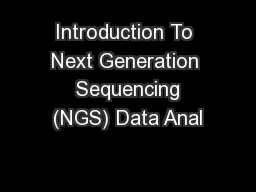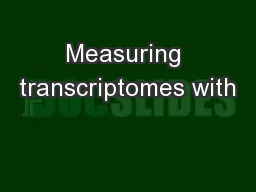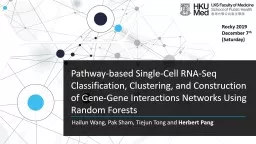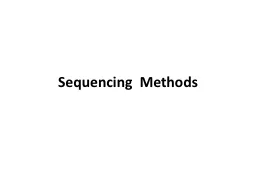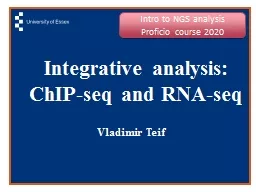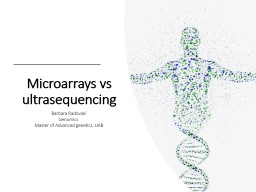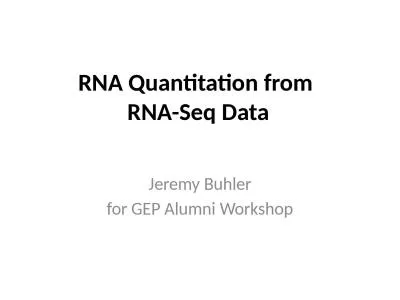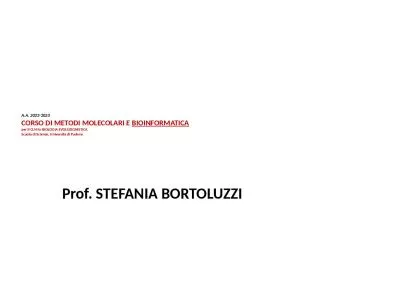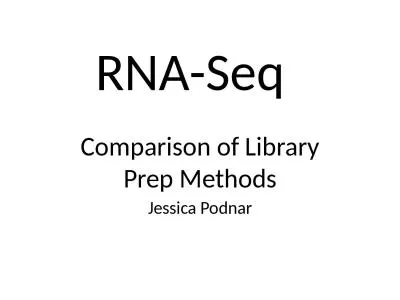PPT-iPRG 2013: Using RNA- Seq
Author : likets | Published Date : 2020-06-16
data for Peptide and Protein Identification ABRF 2013 Palm Springs CA 302052013 iPRG2013 Study DESIGN Study Goals Primary Evaluate how many extra peptide sequence
Presentation Embed Code
Download Presentation
Download Presentation The PPT/PDF document "iPRG 2013: Using RNA- Seq" is the property of its rightful owner. Permission is granted to download and print the materials on this website for personal, non-commercial use only, and to display it on your personal computer provided you do not modify the materials and that you retain all copyright notices contained in the materials. By downloading content from our website, you accept the terms of this agreement.
iPRG 2013: Using RNA- Seq: Transcript
Download Rules Of Document
"iPRG 2013: Using RNA- Seq"The content belongs to its owner. You may download and print it for personal use, without modification, and keep all copyright notices. By downloading, you agree to these terms.
Related Documents

